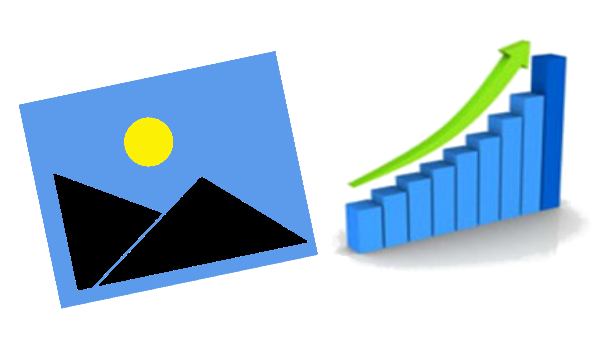As an ecommerce site owner, it’s in your best interest to know what factors Google takes into account when determining if a page is high or low quality. Once you figurethis out, you can come up with ideas for optimizing your site and remove poor quality pages from your site.
What makes a page high/low quality?
You probably have some idea of some of the aspects of a page that Google thinks make a high-quality page. Granted, the following list is not exhaustive. It does, however, highlight some of the aspects of your pages that you can optimize to improve the pages’ perceived quality according to Google’s search algorithm.
Uniqueness
This is among the top aspects Google considers. Uniqueness in this case refers not to phrasing of sentences but the value that the page adds to the reader. In other words, Google is interested in pages that offer users fresh information.
Inbound links
Google also likes pages that have a lot of inbound links. Having many inbound links is an indication that the page is high quality because it is being used as a point of reference. The same applies to internal links. When a page in your domain has inbound links from high-quality pages in your domain, it improves the quality, according to Google.
Outbound links
Google likes it when a page points to further sources of information related to the content. For example, a page is considered high-quality if it has links citing other sites that are authorities on the subject matter of the content. Your SEO expert should therefore include an adequate number of authority links to your content.
Pogo sticking
The ability of a page to successfully answer the queries of searchers affects its quality. Google’s algorithm takes note of users’ behavior following their search.
A searcher will enter a search term into Google and follow one of the links in the results page. Google concludes that the user was satisfied with the information the user finds on the page they visited if they stay on the page and thereafter move on to different tasks rather than continue the search.
If, on the other hand, the searcher follows a link from the results page and lands on a page that does not solve their query, they will go back to the search results page and visit a different site.
When this happens frequently, Google refers to it as “pogo sticking”, i.e., a searcher exiting a page and visiting a different one because they were not satisfied with the content. As a result, Google will relegate the result to a lower rank because it is seen to be of low quality.
Grammar and spelling
This may come as a surprise to many, but tests done by SEO expert teams have revealed that bad grammar and poor spelling will have a site removed from the featured snippets sections. While a page may still have high rankings on the SERPs, Google will remove it from the featured snippets because poor grammar and spelling are a signal for poor quality content.
Text alternatives for non-text content
Website owners are encouraged to use the alt attribute for non-text content. Google likes sites that have transcripts for videos. That way, site visitors that are unable to consume non-text content for one reason or another still have a text version of the content as an option. Non-text alternatives improve the usability of the content.
Good organization
Needless to say, well-organized pages make it easy for visitors to read and understand content. Google uses a number of systems to determine how well your page is organized. Such analysis is made possible by some of Google’s machine learning systems.
With all the above in mind, you can use various tools to analyze your pages. Together with your SEO expert team, work on improving pages on your site by improving each of the mentioned aspects. Naturally, the pages in your site will have varying levels of quality.
Some pages may only require a few tweaks and some may have to be removed. Like most other ecommerce sites, you will find that a lot of work needs to be done on a majority of the pages on your site.

